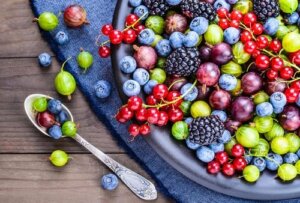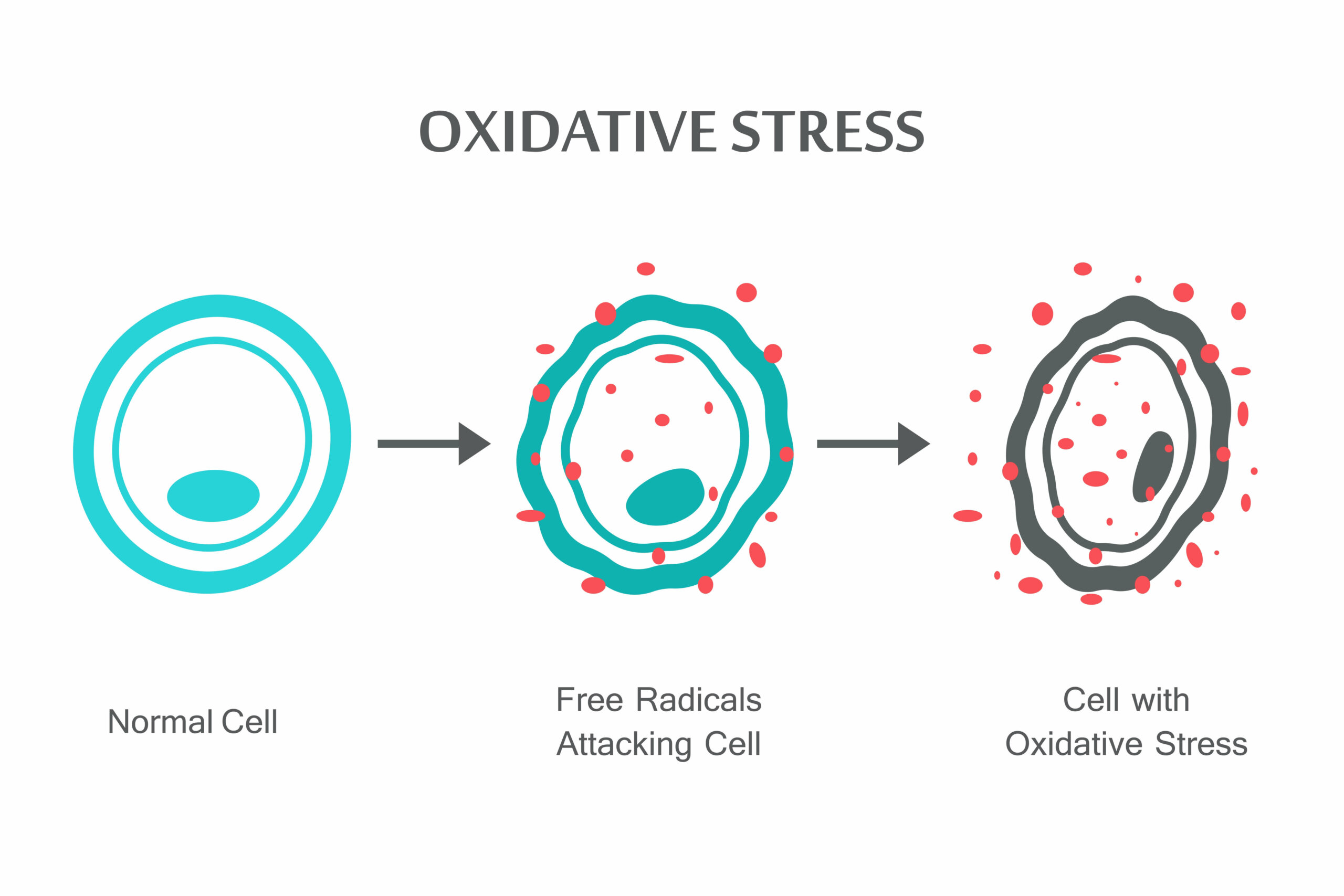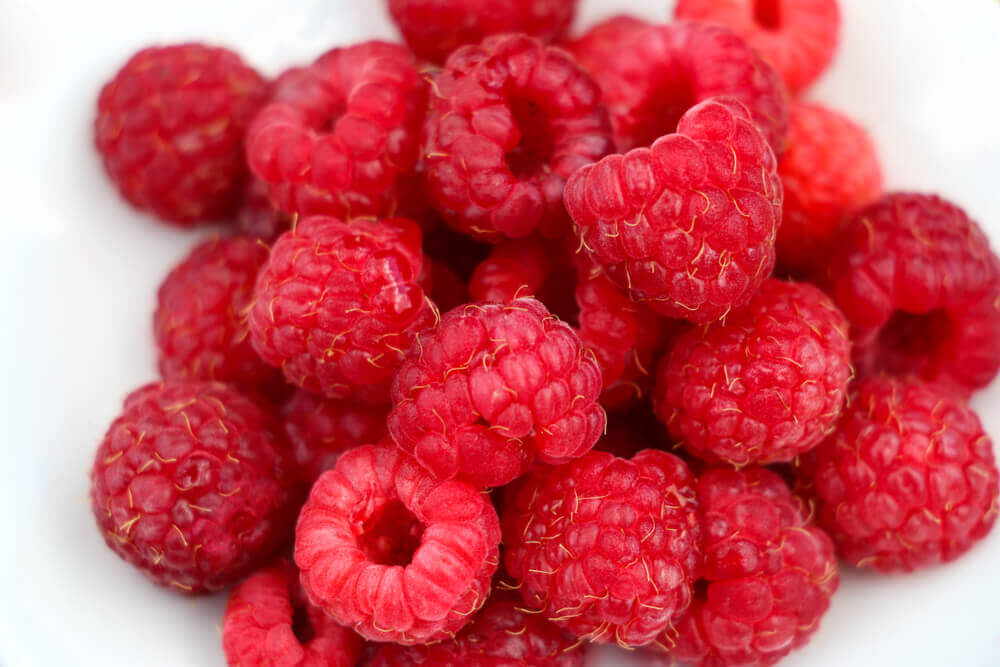Types of Antioxidants: Properties and Uses

You’ve probably heard about the antioxidants that some foods contain, but do you know exactly what antioxidants are and what they’re for? In this article, we’ll answer all your questions and more!
Firstly, our body needs antioxidants to maintain good health. Their role as oxidative stress reducers is what has made them so popular.
What are antioxidants?
Antioxidants are compounds synthesized by the vegetables in their different parts, like fruits, leaves, branches, roots, etc. They are characterized by having hydroxyl groups (OH) linked together by benzene rings, which prevent the harmful effect of free radicals.
What are they used for?
Antioxidants in food are fundamental, not only because they activate natural organoleptic properties, but also because, when ingested, they protect us from diseases such as cancer, cardiovascular diseases, and neurodegenerative diseases. This is evidenced by a study published in Roczniki Panstwowego Zakladu Higieny.
Eating a diet high in antioxidants will help us prevent and improve:
- Premature aging, produced by the accumulation of free radicals.
- The nervous system, as it has been shown to help prevent dementia, Alzheimer’s and Parkinson’s, thanks to a protective effect on neurons.
- Cardiovascular diseases, such as atherosclerosis.
- Cancer, since antioxidants can inactivate carcinogenesis, inhibit cell proliferation, improve DNA repair processes, and reduce oxidative stress.
What is oxidative stress?

In order to know how different types of antioxidants work, you need to know what oxidative stress is. In cell metabolism, where glucose reacts with oxygen to produce energy in the form of ATP, a number of reactive oxygen compounds are released. These compounds are the free radicals which have harmful effects on the body.
In a young and healthy individual, natural antioxidants rapidly eliminate free oxygen radicals from the interior of the cell. However, in chronically ill or elderly people, this elimination is deficient, which leads to the appearance of chronic diseases, accelerating, at the same time, the aging process.
Types of antioxidants
For example, antioxidants can be:
- Endogenous
- Manufactured by the cell itself
- Exogenous, entering the body through the diet or supplements with antioxidant formulations.
Now that you know all this, we’ll tell you the most important types of antioxidants that come from food.
Vitamin C
This is an important antioxidant that acts by enhancing the effect of other substances, such as vitamin E and selenium.
The main functions of vitamin C are to:
- Neutralize singlet oxygen (O2)
- Capture hydroxyl radicals and superoxide anions
- Regenerate the oxidized form of vitamin E
This vitamin mainly helps synthesize collagen and elastin, which are essential components for the development and support of blood vessels, tendons, bones, and ligaments. In addition, it’s crucial for the synthesis of noradrenaline and carnitine, and also in the transformation of cholesterol into bile salts.
Five daily servings of fruits and vegetables (3 fruits and 2 vegetables), ensure a minimum consumption of 200 mg of vitamin C. The main sources of vitamin C are:
- Peppers
- Brussels sprouts
- Broccoli
- Tomatoes
- Kiwi
- Strawberries
- Orange
- Lemon
However, also bear in mind that there’s evidence that this vitamin intervenes in a relevant way in the physiology of the immune system, thereby improving the body’s defense function.
Vitamin E
This is a group of phenolic compounds, known as tocopherols and tocotrienols. The alpha tocopherol is the most common and, biologically, the one with the greatest vitamin action.
Specialists consider vitamin E the most important protector of lipid molecules, since its action consists of the following:
- Protecting from oxidation the polyunsaturated fatty acids of the phospholipids of the cell membrane.
- Inhibiting the oxidation of LDL cholesterol (bad cholesterol).
In addition, the recommended dose of vitamin E ranges from 6 mg in children to 15 mg in adults. It’s present in foods such as olive, corn, soybean, canola, safflower, or sunflower oils. It’s also present in the intake of small amounts of nuts such as almonds, peanuts, hazelnuts, or walnuts, and in raw vegetables such as carrots and spinach.
You may also want to read: 7 Ways to Increase Your Fiber Intake and Combat Constipation
Polyphenols

Polyphenols are a very large group of substances that include families of compounds with diverse structures. In flavonoids alone, which are the most important, there are more than 5000 different compounds.
Many phenolic compounds are responsible for the organoleptic properties of plants. For example, anthocyanins are responsible for the red, blue, and violet tones of many fruits, vegetables, and red wine.
From the point of view of their biological activity, many polyphenols have the following properties:
- Anti-inflammatory, since they inhibit enzymes and the C-reactive protein involved in inflammation processes.
- Oestrogenic activity, such as isoflavones, lignans and resveratrol
- Fixating metals and proteins, such as tannins, which gives them antimicrobial activity.
We can find them in many fruits, vegetables, cereals, and legumes, as well as in some drinks and infusions, such as tea, coffee, red wine and also cocoa.
Carotenoids
They’re pigments synthesized by plants in the process of photosynthesis whose main activity is the neutralization of reactive oxygen species (ROS). These reactive species play a decisive role in the development and maintenance of cellular oxidative stress.
In addition, carotenoids are converted into vitamin A, whose role is essential to preserve the integrity of the retina and to maintain the activity of the immune system, among other things.
The foods that contain them are, for example:
- Carrots
- Oranges
- Peaches
- Tangerines
- Tomatoes
- Watermelons
- Papayas
- Spinach
- Broccoli
Include antioxidants in your diet
Therefore, don’t forget to include a variety of fruits and vegetables in your daily diet to get all the antioxidants that your body needs. You’ll be healthier, stronger, and happier in no time! In conclusion, make sure your diet includes all these healthy ingredients!
All cited sources were thoroughly reviewed by our team to ensure their quality, reliability, currency, and validity. The bibliography of this article was considered reliable and of academic or scientific accuracy.
- Kozlowska, A., & Szostak-Wegierek, D. (2014). Flavonoids-food sources and health benefits. Roczniki Państwowego Zakładu Higieny, 65(2).
- Pohl F., Lin PK., The potential use of plan natural products and plant extracts with antioxidant properties for the prevention/treatment of neurodegenerative diseases: in vitro, in vivo and clinical trials. Molecules, 2018. 23 (12): 3283.
- Carr AC., Maggini S., Vitamin C and immune function. Nutrients, 2017. 9 (11): 1211.
This text is provided for informational purposes only and does not replace consultation with a professional. If in doubt, consult your specialist.









